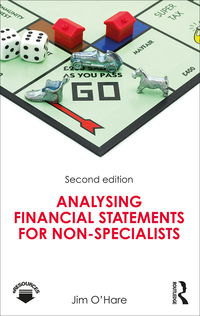


Required information (The following information applies to the questions displayed below. Warnerwoods Company uses a periodic inventory system. It entered into the following purchases and sales transactions for March Units Sold at Retail Units Acquired at Cost 120 units @ $55 per unit 420 units @ $60 per unit 440 units @ $90 per unit Date Activities Mar. 1 Beginning inventory Mar. 5 Purchase Mar. 9 Sales Mar. 18 Purchase Mar. 25 Purchase Mar. 29 Sales Totals 160 units @ $65 per unit 240 units @ $67 per unit 200 units @ $100 per unit 640 units 940 units For specific identification, the March 9 sale consisted of 40 units from beginning inventory and 400 units from the March 5 purchase; the March 29 sale consisted of 60 units from the March 18 purchase and 140 units from the March 25 purchase. . Compute the cost assigned to ending inventory using (a) FIFO, (b) LIFO, (C) weighted average, and (d) specific identification. (Round our average cost per unit to 2 decimal places.) a) Periodic FIFO Cost of Goods Available for Sale Cost of Goods Sold Ending Inventory Cost per Cost per # of units # of units sold Cost per Cost of Goods Sold Cost of Goods Available for Sale $ 0 # of units in ending inventory unit Ending Inventory unit unit $ 0.00 $ 0 $ 0.00 $ 0 0 $ 0.00 0 $ 0 Beginning inventory Purchases: March 5 March 18 March 25 Total 0 $ 0.00 0 $ 0.00 0.00 0.00 0 0 0 $ 0 0 0 0 5) Periodic LIFO Cost of Goods Sold Ending Inventory Cost of Goods Available for Sale Cost of Required information 0 March 18 March 25 0 Total 0 0 c) Average Cost Cost of Goods Sold Ending Inventory Cost of Goods Available for Sale Cost of Average Goods # of units Cost per Available unit for Sale # of units sold Average Cost per Unit Cost of Goods Sold # of units in ending inventory Average Cost per unit Ending Inventory Beginning inventory Purchases: March 5 March 18 March 25 Total $ 0 $ 0 d) Specific Identification Cost of Goods Available for Sale Cost of Goods Sold Ending Inventory Cost per Cost per # of units Cost of Goods Available for Sale # of units sold Cost of Goods Sold Cost per unit # of units in ending inventory Ending Inventory unit unit $ 0 $ 0 Beginning inventory Purchases: 0 0 0 0 March 5 March 18 March 25 Total 0 0 0 0 Required information 0 March 18 March 25 0 Total 0 0 c) Average Cost Cost of Goods Sold Ending Inventory Cost of Goods Available for Sale Cost of Average Goods # of units Cost per Available unit for Sale # of units sold Average Cost per Unit Cost of Goods Sold # of units in ending inventory Average Cost per unit Ending Inventory Beginning inventory Purchases: March 5 March 18 March 25 Total $ 0 $ 0 d) Specific Identification Cost of Goods Available for Sale Cost of Goods Sold Ending Inventory Cost per Cost per # of units Cost of Goods Available for Sale # of units sold Cost of Goods Sold Cost per unit # of units in ending inventory Ending Inventory unit unit $ 0 $ 0 Beginning inventory Purchases: 0 0 0 0 March 5 March 18 March 25 Total 0 0 0 0









